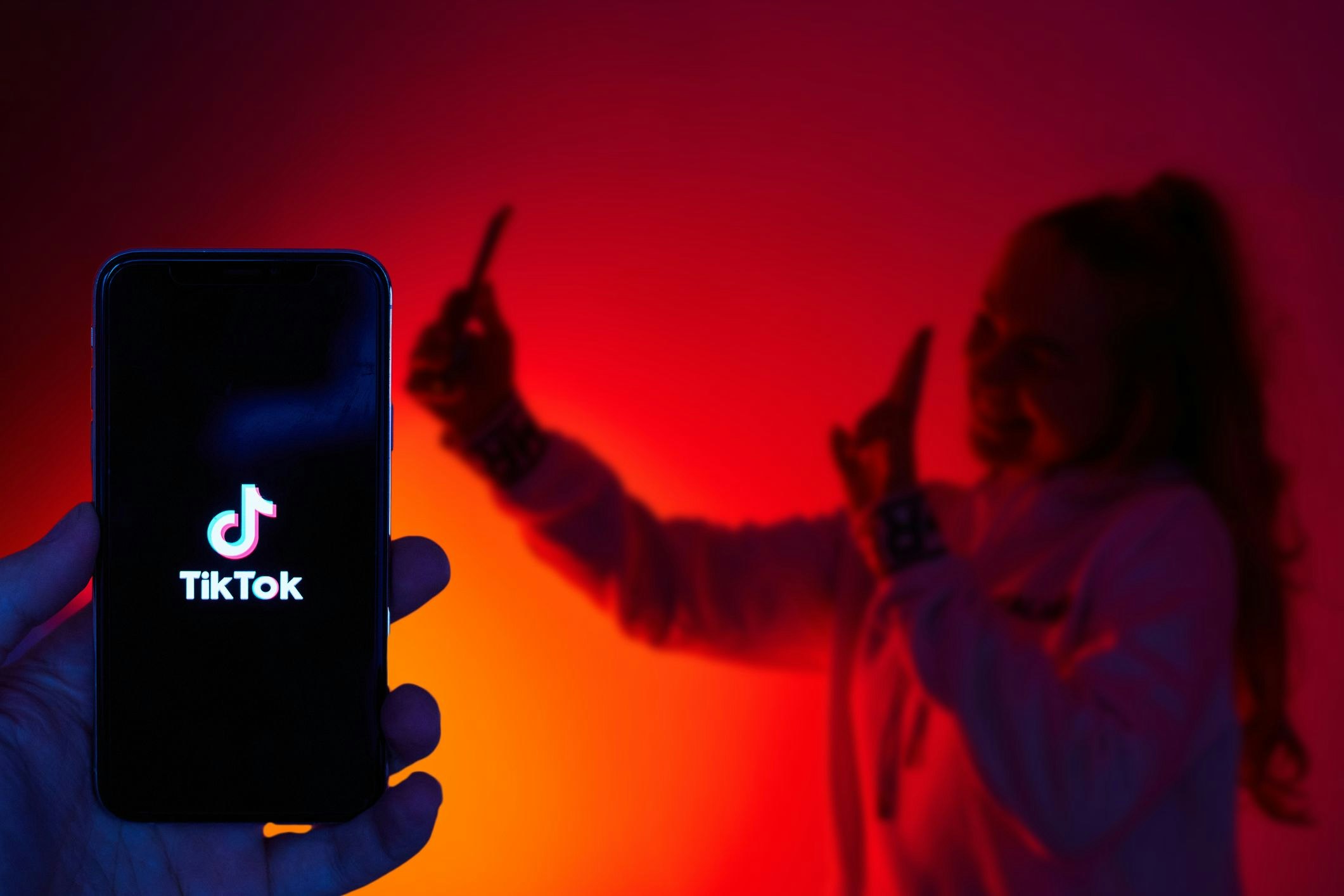The TikTokification of disability

Key points:
- Throughout the pandemic, an exponential rise in the number of teenagers and young adults claiming to have verbal or physical tics had sparked concern from psychiatric professionals
- Similarly, international fears of an increase in attention-deficit hyperactivity disorder [ADHD] cases became a hot topic — with the short-form content cited as a contributing factor to the rising rate of diagnoses in Australia
- The distinction between ADHD and attention-deficit disorder [ADD] is now considered out-dated, with all diagnoses falling under the ADHD umbrella, differentiated through hyperactive and inattentive traits
Global social media consumption increased throughout the pandemic, along with the number of teenagers and young adults presenting to health professionals with signs of verbal and physical tics or seeking a diagnosis for attention-deficit hyperactivity disorder [ADHD].
In February, The New York Times reported that the years-long trend in self-diagnosis and surge in adolescent outreach for symptoms of tourette syndrome had receded after years of unprecedented clinical investigation. Subsequent deep-dives in academia on the role of social media in disability recognition showed that ‘TikTok tics’ were a viral trend. Similarly, videos of those claiming to have tourette symptoms overwhelmingly included signs of coprolalia — which refers to the sporadic and involuntary use of obscene language — or self-injurious behaviour, which are rare among cases of those with the condition.
Similarly, the TikTok tag ‘ADHD’ has 27.2 billion views on the platform, despite the global prevalence stated in the Diagnostic and Statistical Manual — the peak information guide for psychiatric diagnostic criteria — affecting five percent of children and 2.5 percent of adults. Latest available data on the number of TikTok users suggests that the platform hosts just over one billion users, meaning that the supply for users is in excess of the demand by 25.6 percent.
In May, the British Broadcasting Channel [BBC] reported that even popular creators of content related to ADHD on the platform were concerned with the level of misinformation and self-diagnosis among content creators and their audiences. 22-year-old TikTok user, Aish, told the outlet that the rate of ADHD content which flooded her feed through the algorithm was “overwhelming.”
“It’s really good for raising awareness but I’ve seen posts where people say if you have ADHD you cry all the time, and I don’t think that’s personally true,” Aish said.
Research on the development of ADHD, tourette syndrome and dissociative identity disorder — a condition formerly known as multiple personality disorder — leading to rapid self-diagnosis and clinical presentation, suggests that the phenomenon is a ‘mass psychogenic illness.’
Laura Rowley, PhD, outlined the considerations for healthcare professionals in dealing with instances of mass social media related illness and noted that creators tend to disregard claims of malingering through accusations of cyberbullying.
Ongoing widespread concerns of people falsely and knowingly claiming to have conditions which would limit or severely impact their overall quality of life are frequently covered in the media. Dr Dale Harltey penned an article for Psychology Today in May, outlining how ‘Munchausen’s by internet’ is a growing concern for clinicians through the rapid consumption and social emphasis placed on digital platforms.